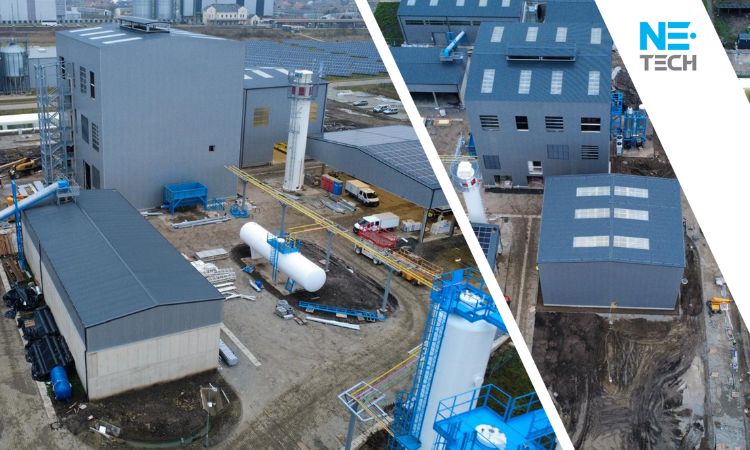Bridgestone demonstrates performance of sustainable tire materials at IndyCar Race
At the most recent Big Machine Music City Grand Prix in Nashville, Tennessee, Bridgestone unveiled a new IndyCar tire that uses a sidewall composed of natural rubber derived from the guayule desert shrub.
According to Bridgestone, it is using racing as a proving ground to demonstrate the performance of the rubber material, which it has been intensively investigating for more than ten years. At the Indy 500 Pit Stop Challenge in May 2022, the tires with sidewalls made of natural rubber produced from guayule were unveiled as a first look before making their competitive debut as the alternative racing tire at the Nashville round of the series. In 2023, Bridgestone intends to use guayule natural rubber in more of its racing tires.
“The introduction of guayule natural rubber to America’s preeminent open-wheel racing series speaks to the confidence we have in the technology and its potential as a scalable, sustainable and domestic source of natural rubber — a vital raw material,” commented Nizar Trigui, CTO and group president, Solutions Businesses, Bridgestone Americas. “This milestone represents our commitment to realizing a more sustainable future for tires, racing and mobility.”
Bridgestone believes guayule rubber has the ability to boost the economy while minimizing the energy use and other negative environmental effects related to the shipping of rubber imported from abroad.
In 2012, the company broke ground on a guayule processing and research center in Mesa, Arizona, launching its guayule research project. Currently, the business runs a 287-acre guayule farm near Eloy, Arizona, in addition to the research facility in Mesa. It has so far committed more than $100 million to its efforts to make guayule rubber commercially available in tires by 2030.
Weibold is an international consulting company specializing exclusively in end-of-life tire recycling and pyrolysis. Since 1999, we have helped companies grow and build profitable businesses.









